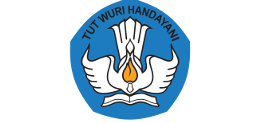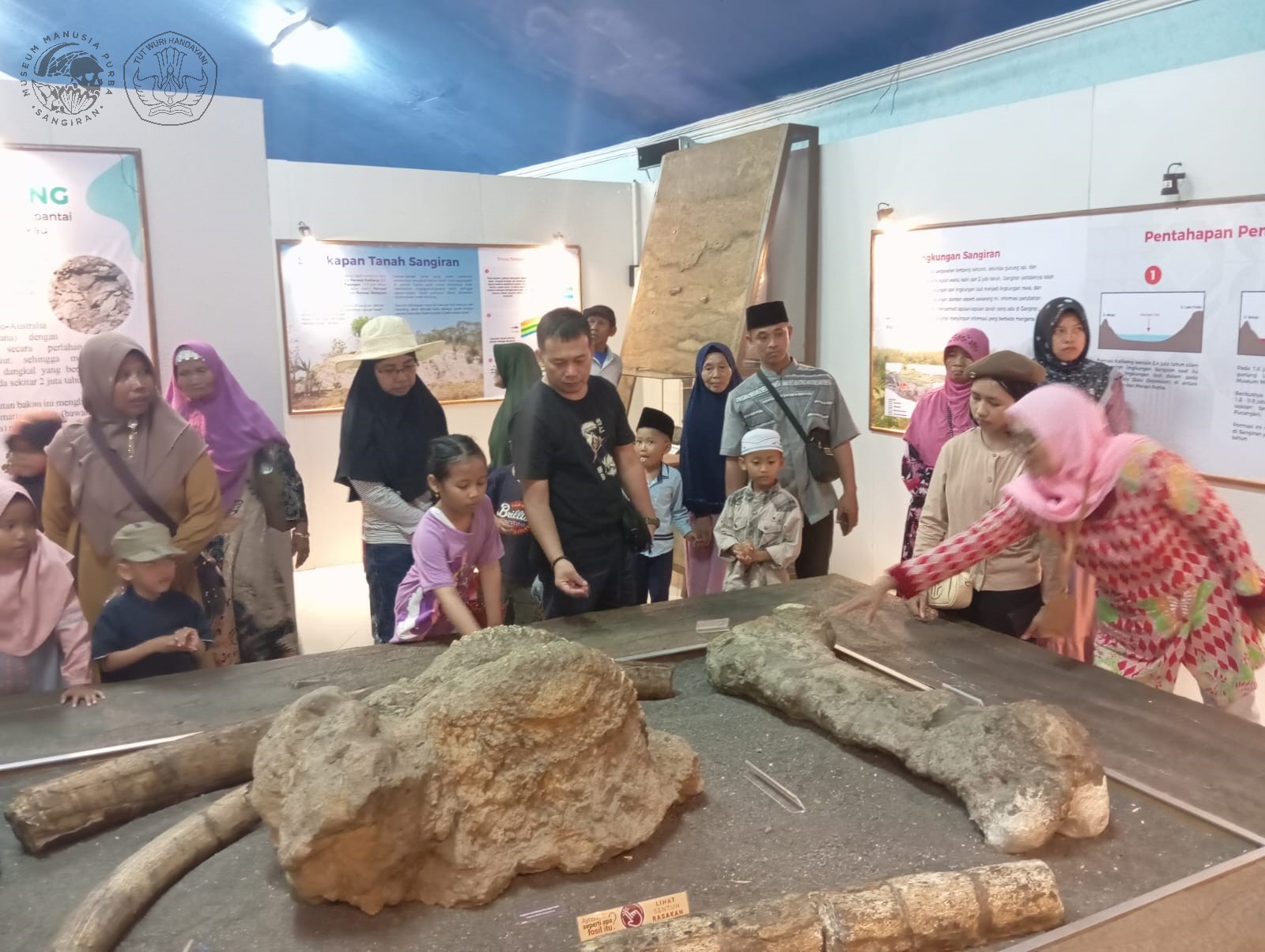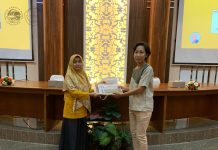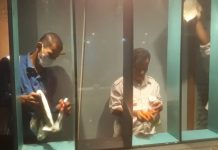Crocodylus is one of reptile. Crocodile attacks his prey by gripping as well as biting, and dragging into water and drowned. This is the kind of grasping hunters. They lurk patiently, waiting for land animal or fish, and suddenly grasp them. As cold-blood predators, they can survive longer without food, and seldom move for hunting. Though they seems slowly moving, but they are the apex predators in their environment. The biggest species can reach size up to 5 meters and weigh as much as 1.200 kg. In Sangiran, Crocodylus fossils can be found in Pucangan Formation, approximately 1,8 Mya. In that period, there was a transitional from mangrove and coastal environment, into grassy low land with lake and rivers. One of crocodylus fossils in Sangiran is cranium fragment, found by Sri Mulyono in Pucung Village, Dayu, Karanganyar on 2007. This is the biggest crocodile fossil ever found in Sangiran. At those times, crocodile can grow and increasing in population due to suitable environment and abundant vertebrates as food source. The existence of Crocodile indicates the tropical environment in Sangiran. (Pipit Puji Lestari, Marlia Yulianti Rosyidah, Febri Wijanarko, Iwan SB) Plese click here





